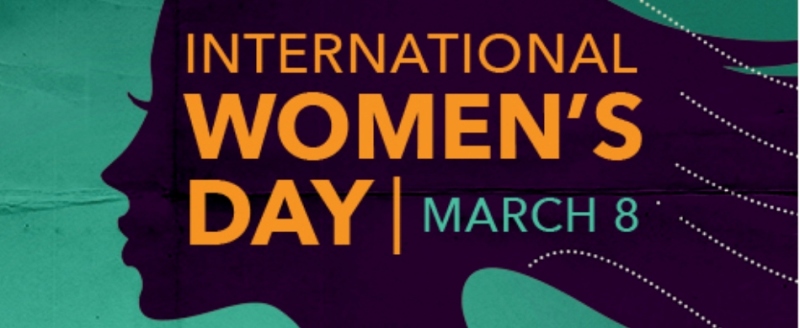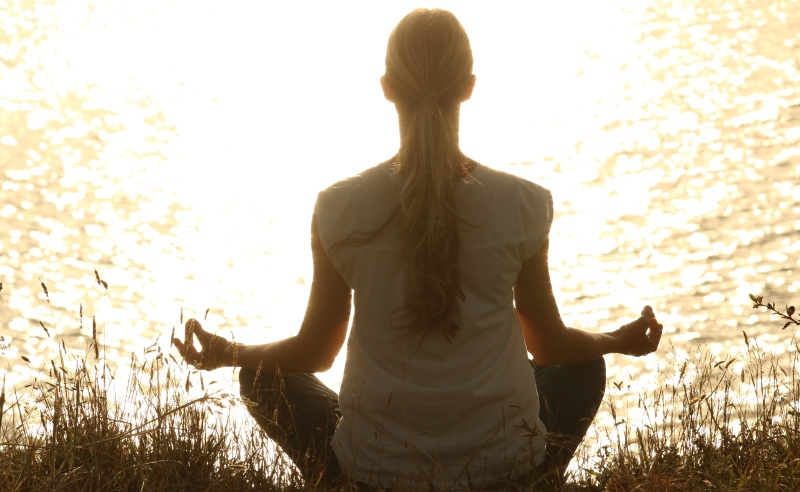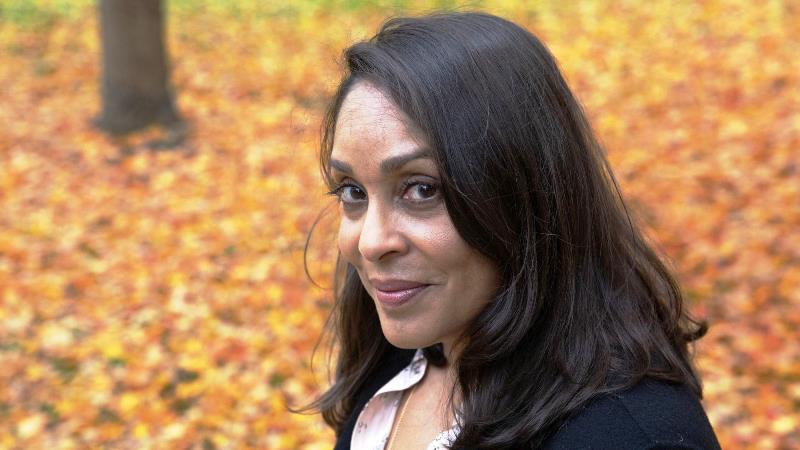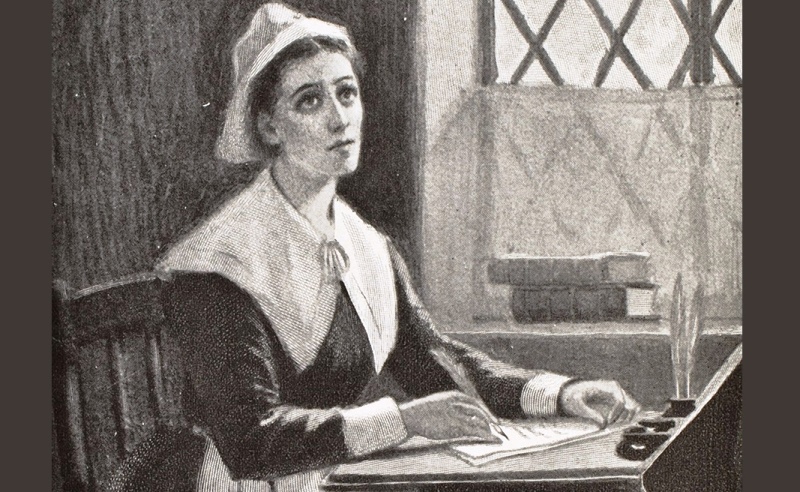In case you didn’t know already, today is International Women’s Day. Every year, the 8th of March witnesses an astounding number of events organized across the globe to celebrate, reflect, advocate, and act in support of women’s rights. As a guest to some of the local events organized over the last week to celebrate the occasion for this year, I have been rather disturbed by a dangerous trend emerging around International Women’s Day. A large section of women seem to be amused by the idea of a special day to celebrate women’s achievements, recognize their struggles, and propose actionable means to overcome their gender-specific challenges and establish equality. A certain marketing executive I met at one of these events almost laughed off the entire premise by saying women are achieving more every single day, facing challenges round the year and TRYING to fight the injustice round the clock- how does a single day ticked on the calendar help? Afterwards, I heard the same ideas from women with a different face than hers.
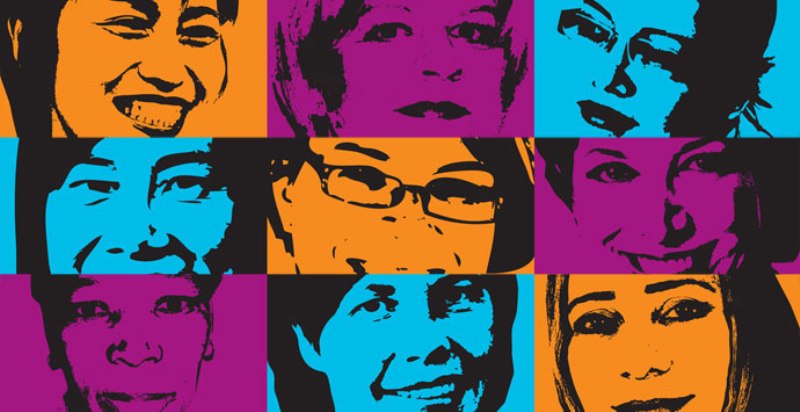
Image source: costaatt
Always brazenly honest and straightforward about anything pertaining to gender equality, I was surprised I didn’t call out these women on their mistaken assumptions almost immediately. It took a couple of drinks to understand why I held back. While they were partly right about the changing scene for women’s rights and scope for achievements in the last century, the seemingly endless hardships in the struggle for equality and their own PoA’s for achieving the same- their argument was almost immediately deflated in the manner any other annual celebration marking a momentous moment in history is. If Independence Day marks the day countries attained their freedom, it does not really mean that people cease to be free on other days of the year, right? Add to that, their position from a locus of privilege and there wasn’t any hope for a strong case.
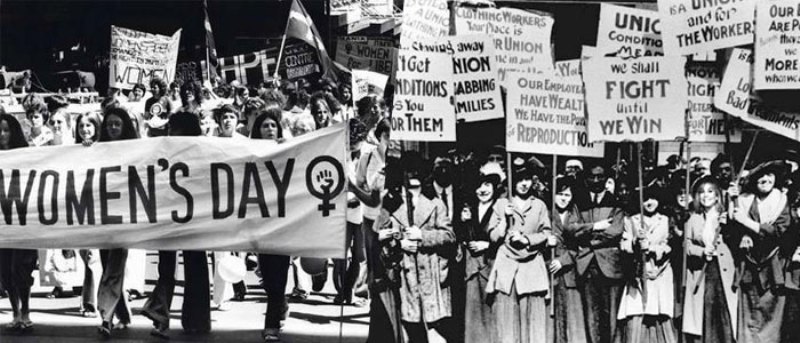
Image source:geekgirlcon
International Women’s Day, like any other significant celebration, is steeped in history and is a potent reminder of the suffragettes’ fight for women’s rights. But are voting rights, increased visibility in the workforce or a slight dissolution of gender roles enough for the results they sought? The women advocating the dissolution of this historic moment would, perhaps, explain that equal pay would cut it. The rest can be sorted by teaching young girls to believe in themselves. Ahh- the idealistic minds- if only ‘charity begins at home’ could affect the change that the Socialist Party Of America was seeking when it organized an IWD event in remembrance of the strike organized by the International Ladies’ Garment Workers union the year before. Change of the magnitude, that was then sought, was a step in the right direction in that it created an awareness among women to fight against the oppressive ideology that treated them as the ‘inferior sex.’ But now that the awareness has spread far and wide, our job is to look beyond and affect a change in the ideologies that counteract the concept of an equal society. Do you think lobbying groups, cultures, institutions or even governments to change their attitude towards women’s rights can be brought about baby steps taken in the ambit of our own community? I bet you know the answer is a two letter word.
But for those stubborn minds among my own group who wouldn’t be as easily convinced and the red pillers, MGTOWers, misogynists, anti-feminists, trolls, and other general dullards who’ll be stopping by on the post to dissent, I will just back up what you’d deem my ‘opinion’ with some facts and figures that will entrench the NEED for International Women’s Day ever-so-firmly among our hearts. I will begin with some startling figures from my own country that shall emphasize on just why we should stop kidding ourselves that our work in affecting equality is done! So, in support of the Pledge For Parity, which coincidentally, is the theme for this year’s International Women’s Day, here’s proof:
Almost four years after the Nirbhaya gang rape case, the sexual crimes perpetrated against women have seen an almost 20% increase in the capital of India alone. A total of 6,482 cases of rape and molestation were registered under IPC until October last year alone as against 5,483 in the corresponding period last year. Police data also reveal that 2,069 cases of rape were registered in 2015 as compared to 1,571 in 2014; 4,179 molestation cases were reported in 2015 against 3,345 in 2014; there were 1,282 cases of harassment in 2015 against 879 the year before; and dowry death cases touched 147 in 2015 as compared to 137 in 2014.
Suggested read: 10 bizarre reasons why rapes happen in India
Activist Kavita Krishnan says there is no doubt that the number of cases has gone up, but the justice-delivery mechanism has failed.
“The number of cases have not decreased with more reporting. There have been instances when people have been harassed and humiliated in the process of getting justice. This should be looked at,” she said.
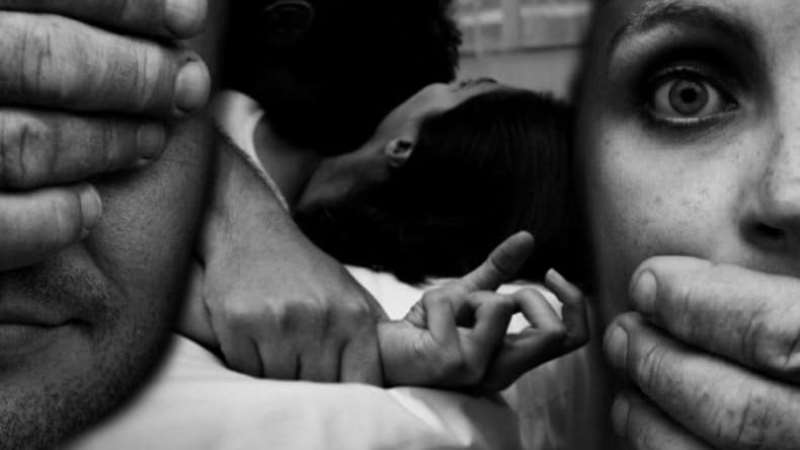
Image source: Google, copyright-free image under Creative Commons License
Apart from the grim statistics, people of high repute, too, have faced charges of sexual assault and molestation in Delhi high courts in 2015- some of the recognizable names being those of TERI’s R. K. Pachauri, AAP MLA Somnath Bharti and Mahmood Farooqui of ‘Peepli Live’ fame. Not to add the sexual assault cases against foreign nationals.
And these are just the ‘official’ figures at the epicenter of sexual crimes in India- the notorious capital of the country. Shockingly enough, a sizeable chunk of rape survivors are under the age of 14 and almost 40% of the female demographic have been raped by the time they turn 18! Worse, most of these rapes are committed by a neighbor, relative, close friend or family figure. The National Crime Records Bureau deems Delhi in the north, Assam and Tripura in the northeast and Rajasthan in the west as the most unsafe states for women in India.
Unfortunately, some important reasons in favor of International Women’s Day surround sexual rights. Not just a horrific crime, rape, in itself, births several frightening offshoots that morph into powerful arguments for the need for equality. The very fact that many groups and cultures still seem to override the concept of ‘consent’ and continue to indulge in shameless and unabashed victim-blaming is a blazing example of the same. The horrifying Uber rape case in Delhi serves as a case in point where the driver claimed that the ‘low skirt’ of his passenger evoked the ‘undeniable rights of his aroused libido!’

Image source: Google, copyright-free image under Creative Commons License
Suggested read: Why is marital rape an oxymoron in India
Apart from these horrific crimes, marital rape continues to be discounted as the ‘inviolable right of the husband’s libido,’ overriding the idea of ‘consent,’ yet again. This, in turn, propagates a culture of silence around abusive men and their actions- exhorting them to continue their crimes and repressing women furthermore to retreat into a silent corner. Domestic violence also resorts to victim blaming to strengthen its vicious clutches and most men feel it’s alright to establish ‘ownership’ over their wives or girlfriends and subject them to their whims, even if they are extreme!
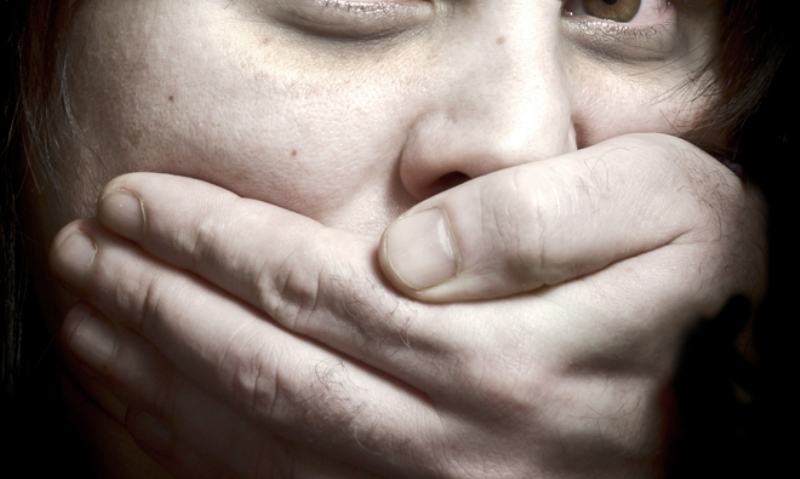
Image source: Google, copyright-free image under Creative Commons License
For those interested in figures, approximations have quoted that every 6 hours, a young married woman is burnt or beaten to death, or driven to suicide from emotional abuse by her husband. The UN Population Fund states that more than 2/3rds of married women in India, aged between 15 to 49 have been beaten, raped or forced to provide sex. In 2005, 6787 cases were recorded of women murdered by their husbands or their husbands’ families. 56% of Indian women believed occasional wife-beating to be justified.
This brings me to the next few reasons for justifying the need for International Women’s Day. The abduction of women for populating the flesh trade, child prostitution, child abuse, FGM (the recent uproar over the atrocities in the Bohra community being a case in point), child marriage, forced marriages and female feticide are just some of the social evils against women that need to be weeded out. Not to point out, the criminalization of homosexuality and the discrimination faced, thereof.
The numbers for the same can be found in the latest report of NCRB and project a dismal state of affairs.
Now, for the women who made a strong case against IWD because they have been lucky to receive an education that helped them attain a coveted place in an organization that dishes out some enviable wads of green for the work they do- do you receive equal pay, are you fired when you are pregnant or do you notice a blazing discrimination in your organization’s recruitment policy for women of marriageable age, an ever-regressive policy for maternity leave and perhaps, some in-your-face sexism and misogyny that does not even pretend to masquerade as something else at the workplace? Those are precisely the reasons you still need International Women’s Day! But now, think of your less fortunate comrades- those that have been at the receiving end of discrimination owing to poverty, caste, creed, color, religion, social status, education access, healthcare and work opportunities? Isn’t their struggle for emancipation a part of our common cause to campaign for CHANGE? Just think of the two Dalit sisters who were ordered to be raped and paraded naked in Baghpat, Uttar Pradesh by a Khap Panchayat only because their brother had eloped with a woman of a dominant caste! Well, there you go.
Now let’s focus on the ‘international’ in International Women’s Day. While countries like the UK tend to pinpoint that International Women’s Day, for them, is just an ‘awareness raising’ exercise to highlight the inequality in other parts of the world- the murder of Becky Watts, the deaths of Pennie Davis, Danielle Liddle, Toni Connell and the discrimination against a Nigerian lesbian are all reasons that the UK needs International Women’s Day just as much as the rest of the world does.

Image source: columbia.edu
The US still has questionable maternity/paternity leave policies that leave the larger questions like distribution of household responsibilities, the gender roles inscribed in childcare and women’s career trajectory progress unanswered. Similarly, abortion isn’t a freely accessible right for women worldwide. About 39% of the world’s population live in countries where abortion is either totally banned or allowed only if a woman’s life or health are in danger. Among those countries are Chile, where abortion is totally banned, and Ireland, where it is only allowed if a woman is at risk of dying. While Chile is debating its abortion law reform and Ireland, too, is building momentum for reform, countries like Dominican Republic are taking the cause of women’s rights back to 1884 by criminalizing abortion yet again. El Salvador, on the other hand, is extremist with its anti-abortion law subjecting its women and children to treatment that is no less than torture. In fact, some places like Paraguay even uphold the Draconian anti-abortion law in the face of life-threatening cases such as the one where an 11-year old rape survivor (raped by her own step-father) needed urgent medical assistance for her leukemia but was withheld from chemo as it would threaten her fetus.
However, it does not need to be emphasized that rape and other forms of sexual violence, too, aren’t hidden first-world problems and potent instances of crimes against women. In fact, sexual harassment and assault numbers seem to be ever-on-the rise in countries like the US, UK and Australia. What’s worse, there are countries like Tunisia where ‘raped and accused’ has become a phrase for protesting against the entrenched prejudices and discrimination against survivors of sexual and gender-based violence offence where the offence of the criminal is conveniently transposed onto the victim. These facts notwithstanding, child marriage, child abuse, child prostitution and forced marriages are all real problems in the world we live in.
Sexism isn’t simply ingrained in cinema- it masquerades about in all forms and shapes, waiting to stick out its ugly head and lash out at women who dare to NOT be coaxed into acquiescence and submission. Apart from these, inhuman laws like women’s lifetime imprisonment for stillbirth cases in El Salvador and Nicaragua and the flogging clause for consensual sex in Indonesia posit serious challenges to women’s rights over their reproductive and sexual rights! Forced sterilization to control population or FGM to propound the ‘glorification’ of ‘curbing sin’ in certain cultures are unfortunate examples of discrimination that need to be eradicated with immediate effect!
Suggested read: 10 great women in history who were total badasses
If the above don’t make for a serious case, there is the discrimination that faces us every day- in the form of male privilege, online harassment, cat-calling, eve teasing, objectification, unequal power balance, the ‘fear’ that grips us whenever we are faced with a choice that is OURS’ but clashes with the idea of what society deems ‘right.’
It is only when ALL WOMEN can move out of their homes at any time the clock shows, without having to use their keys or combs as makeshift weapons and when they will weed out the polite ‘sorry’ ticks that they check at the end of their sentences at work or otherwise- for just having an opinion of their own and when they will be free of any backlash for being themselves and have the world accommodate them as the ‘equal sex’ that I would confirm that the need for International Women’s Day is disposable.
Until then, Happy International Women’s Day! 
P.S. My list of reasons is, by no means, exhaustive- because the world seems to do something to add to the list every time we manage to tick off one!
Featured image source: jis.gov
